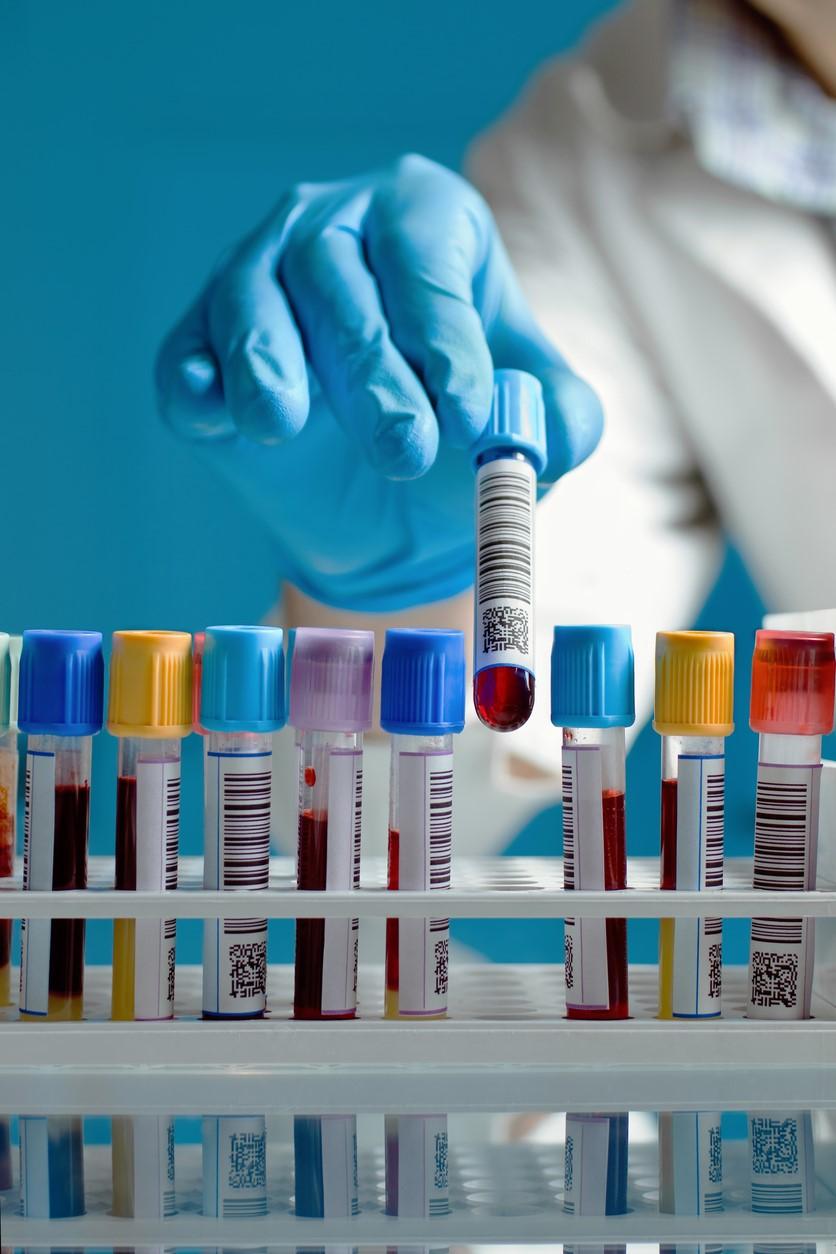A study published yesterday in The Lancet discovered that only 4.6% of questionnaire respondents across Spain had antibodies against SARS-CoV-2, the virus that causes COVID-19, in their serum by immunoassay, while 5% tested positive on a point-of-care finger stick test.
Also, a study yesterday in Clinical Infectious Diseases reported that 19 (7.6%) of 249 frontline healthcare workers in Nashville, Tennessee, tested positive for antibodies against the novel coronavirus, with only 11 of them reporting COVID-19 symptoms.
Natural herd immunity still far off
In the first study, conducted from Apr 27 to May 11, researchers in Madrid tested 61,075 participants with a point-of-care test, 51,958 with an immunoassay, and some with both. Seroprevalence estimates with both tests were similar.
They found no difference in the presence of antibodies against SARS-CoV-2 by sex but did identify lower seroprevalence in children younger than 10 years and in adults 85 years and older by immunoassay. Seroprevalence varied significantly by region, at higher than 10% in central Spain, around Madrid; 5% in Barcelona; and less than 3% along other parts of the coast.
Of 195 participants with a positive polymerase chain reaction (PCR) test more than 14 days before the study visit, seroprevalence ranged from 87.6% in those who tested positive on both a point-of-care test and immunoassay to 91.8% in those who were positive on either test.
About one third of people who tested positive for antibodies reported having had no symptoms. Only 19.5% of those with symptoms who tested positive for antibodies by both a point-of-care test and immunoassay said they had a previous PCR test.
Among 7,273 participants who reported a loss of smell or at least three other COVID-19 symptoms, seroprevalence was 15.3% to 19.3%. Seroprevalence was higher in healthcare workers (8.3% for both types of tests positive to 11.7% for either test positive) than in other occupations. In Spain, healthcare workers make up 24% of all COVID-19 cases and 9% of all hospitalizations in their age-groups.
"These results emphasise the need for maintaining public health measures to avoid a new epidemic wave," the authors wrote. "Social distance measures and efforts to identify and isolate new cases and their contacts are imperative for future epidemic control."
In a commentary in the same journal, Isabella Eckerle, MD, of the Geneva Centre for Emerging Viral Diseases, and Benjamin Meyer, PhD, of the University of Geneva, said that the study's key finding is that most of the population appears to have remained unexposed to coronavirus, even in regions with widespread viral activity.
"These findings are further supported by the observation that even countries without strict lockdown measures have reported similarly low seroprevalence—eg, Sweden, which reported a prevalence of 7.3% at the end of April—leaving them far from reaching natural herd immunity in the population," they wrote.
Eckerle and Meyer noted that seroprevalence studies measure only previous exposure—not immunity—and that some studies have suggested that immunity to SARS-CoV-2 is incomplete and fleeting.
"In light of these findings, any proposed approach to achieve herd immunity through natural infection is not only highly unethical, but also unachievable," they said. "With a large majority of the population being infection naive, virus circulation can quickly return to early pandemic dimensions in a second wave once measures are lifted."
Role of PCR testing of all health workers
In the second study, researchers at Vanderbilt University enrolled frontline medical workers who had cared for COVID-19 patients in the first month of the US epidemic. Centers for Disease Control and Prevention (CDC) personnel conducted serologic testing with a new enzyme-linked immunosorbent assay (ELISA) developed by the CDC that has a sensitivity of about 96% and a specificity of 99%.
Most healthcare workers were young (median age, 33 years), and 79% had no underlying illnesses. Of the 249 workers, 147 (59.0%) worked primarily in the emergency department, 55 (22.1%) worked in the intensive care unit, and 47 (18.9%) worked in other areas.
Testing positive for antibodies against SARS-CoV-2 was more common among workers who said they didn't always wear personal protective equipment (PPE) for all patient contact (15.8%), versus 4.3% who said they always wore PPE.
Seven of 19 participants who tested positive for antibodies (36.8%) reported that they thought they had previously had COVID-19. Of those who tested positive for antibodies, the most common symptoms were cough (9 workers), sore throat (6), and muscle pain (4).
Seven of 19 workers (36.8%) with detectable antibodies against SARS-CoV-2 said that they had previously undergone PCR (nucleic acid) testing for the coronavirus, and only 3 of those 7 had positive results at that time.
"The majority of healthcare personnel with positive serology tests did not suspect that they had been infected nor had they undergone prior SARS-CoV-2 nucleic acid testing," the authors wrote. "Enhanced surveillance for SARS-CoV-2 infection, such as routine point-of-care nucleic acid testing of healthcare personnel, could be an important strategy to reduce SARS-CoV-2 transmission from asymptomatic and minimally symptomatic healthcare personnel."




















